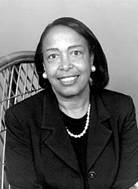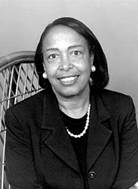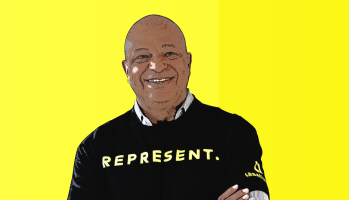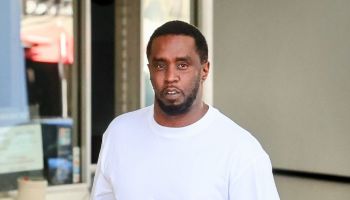 Patricia Era Bath was born on November 4, 1942, in Harlem, New York. Her mother encouraged her to read constantly and broadened Bath’s interest in science by buying her a chemistry set. Bath attended Charles Evans Hughes High School in New York where she served as editor of the school’s science paper. In 1959, she was selected from a vast number of students across the country for a summer program at Yeshiva University (New York City) sponsored by the National Science Foundation.
Patricia Era Bath was born on November 4, 1942, in Harlem, New York. Her mother encouraged her to read constantly and broadened Bath’s interest in science by buying her a chemistry set. Bath attended Charles Evans Hughes High School in New York where she served as editor of the school’s science paper. In 1959, she was selected from a vast number of students across the country for a summer program at Yeshiva University (New York City) sponsored by the National Science Foundation. Only 16 years old she worked in the field of cancer research and at the end of the summer she submitted a mathematical equation that could be used to predict the rate of the growth of a cancer. Dr. Bernard, one of the supervisors during the summer program, was so impressed with Bath that he incorporated parts of her research into a joint scientific paper that he presented at a conference in Washington, DC. Due to the resulting publicity about her work, Mademoiselle magazine presented Bath with its 1960 Merit Award. The award was presented annually to ten young women demonstrating the promise of great achievement.
In only 2 1/2 years of study she was able to graduate from high school and set out for college. Bath graduated with a Bachelor of Arts degree from Hunter College in New York and then enrolled in medical school at Howard University in Washington, DC. She graduated with honors from Howard in 1968. Patricia eventually moved on to New York University where she became the first African American to complete a residency in ophthalmology. In 1974, Bath moved to California and became a faculty member at UCLA and the Charles R. Drew University and later co-founded and chaired the Ophthalmology Residency Training Program at Drew/UCLA.
In 1981 she began work on her most well-known invention which she named a “Laserphaco Probe.” Unfortunately, though her concept was sound, she was unable to find any lasers within the United States that could be adapted for the procedure (the majority of laser technology in the United States was dedicated to military purposes). She was able to find the laser probe she needed in Berlin, Germany and successfully tested the device which she described as an “apparatus for ablating and removing cataract lenses”. Bath sought patent protection for her device and received patents in several countries around the world.















